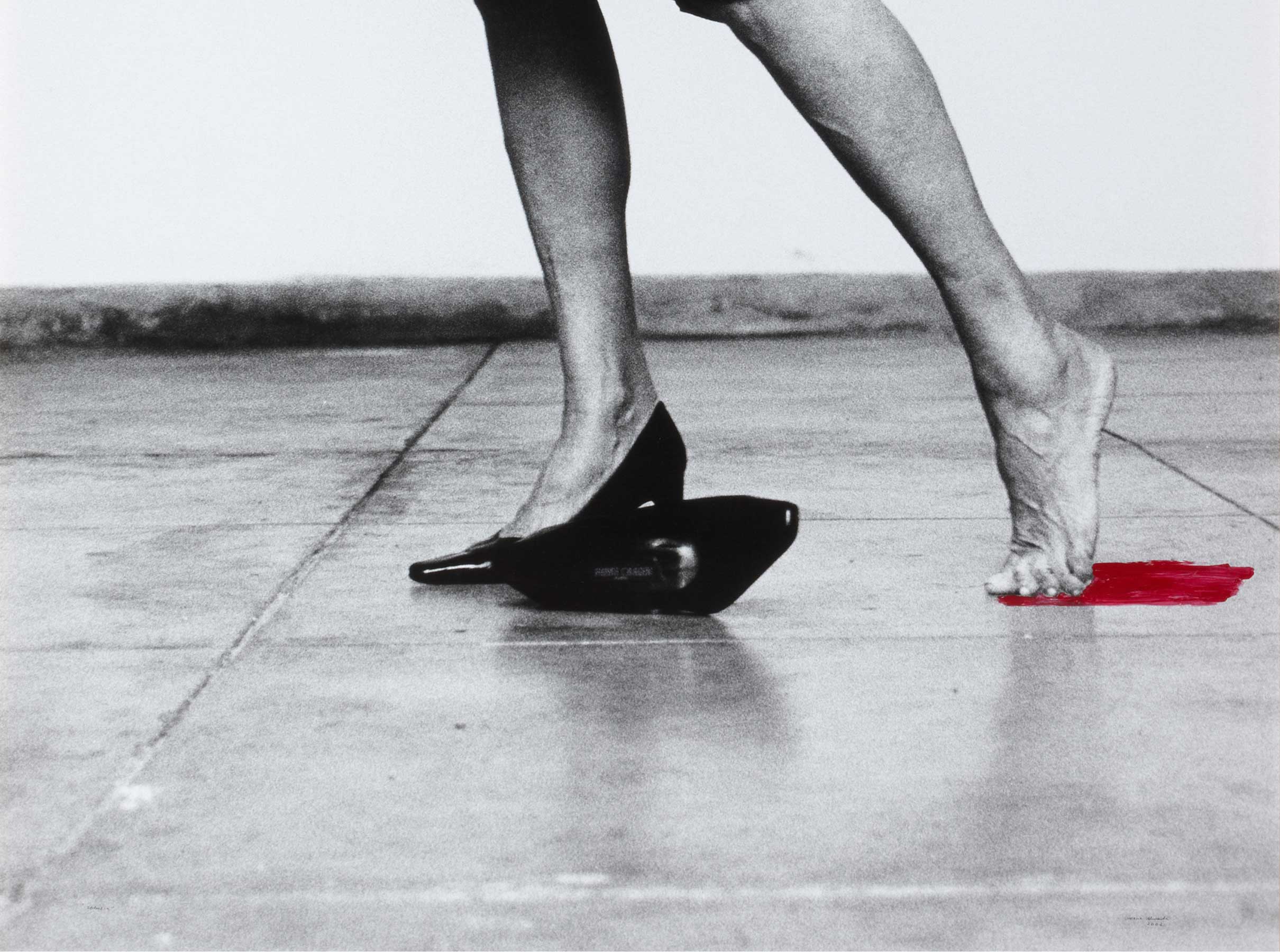Benjamín Palencia learnt his trade outside traditional and academic streams as they were far removed from his way of understanding art. He learnt from the great masters of Spanish art – El Greco, Velázquez, Zurbarán, Goya, etc. – during his regular visits to the Prado. However, rather than striving to imitate their techniques or formal language, what Palencia proposed was to explore new pictorial avenues that helped him to find the narrative that best suited his specific view of art. During the first stage of his career his work was consolidated by drawing on prevailing artistic trends, particularly Impressionism, Cubism, Abstraction and, above all, Surrealism.
After taking part in the ‘Exposición de la Sociedad de Artistas Ibéricos’ [‘‘Exhibition of the Society of Iberian Artists’’] at El Retiro Exhibition Centre in Madrid in May 1925 with a series of Cubist-influenced still-lifes, Benjamín Palencia travelled to Paris, where he would meet Picasso, Pablo Gargallo, Joan Miró, Georges Braque, Jean Cocteau, etc. Apart from an opportunity to learn first-hand what was happening in Paris at that time, his time there allowed him to discover the technique of collage, consider the possibility of incorporating material elements – particularly sand and ash – in his work, and begin to schematize his landscapes to embrace Cubist features and gradually shift to an abstract technique that he made very much his own.
Untitled and Nocturnal, two works from the collection of Surrealist reminiscences, belong to the period after Benjamín Palencia’s time in Paris and clearly reflect the characteristic style of the Vallecas School, the project that he originally devised with Alberto Sánchez in 1927 and which would continue during the Republic; he advocated, among other things, that avant-garde art should focus on the local, the schematization of the landscape, the embracing of Cubist and Surrealist features, a progressive move towards abstraction, and the combining of plant, animal and mineral forms on his canvases. The aim, as can be seen in Nocturnal (1927), was to provide a supremely idiosyncratic view of the Castilian landscape and of his own inner world using figures that seem to be otherworldly.
Other works by Benjamín Palencia

![Nocturno [Nocturnal]](/f/webca/INF/assets/img/fff.png)